AI-Powered Media Planning: Smarter Targeting, Deeper Insights, and Faster Decisions
Smarter, Faster, and More Data-Driven Than Ever
We’re excited to introduce the latest updates to the Locala Planning Platform, designed to make media planning faster, more precise, and deeply data-driven. Our AI-powered media planning capabilities have expanded, making it easier than ever to turn complex data into actionable strategies that drive real business outcomes.
The latest updates focus on Insights AI, our cutting-edge intelligence tool that helps marketers efficiently plan, activate, and measure campaigns with unparalleled speed and accuracy. By leveraging Generative AI, Locala continues to push the boundaries of media planning, making complex audience insights more accessible and actionable than ever.. By combining exclusive location-based data with advanced AI, we’re revolutionizing digital advertising and making it effortless for brands to understand their audiences and maximize impact.
Unlocking Insights with AI-Powered Media Planning
Modern marketers need quick, data-driven insights to stay ahead. With our latest Insights AI enhancements, marketers can analyze massive datasets in seconds, unlocking deep insights without the complexity of traditional data analysis.
Locala’s Insights AI automates audience segmentation and recommends the best targeting tactics to help brands connect with the right consumers. By processing billions of data points, it identifies key market trends, providing marketers with an immediate and clear path to execution.

Now, let’s explore how AI-Powered Media Planning works within Audience Explorer in our advanced planning tool.
Smarter, Faster Audience Discovery
The Audience Explorer tool within the Locala Planning Platform empowers our team to precisely understand and segment audiences, enabling us to craft more effective strategies for our clients. By leveraging exclusive location-based data and AI-powered analytics, this feature takes the guesswork out of media planning.
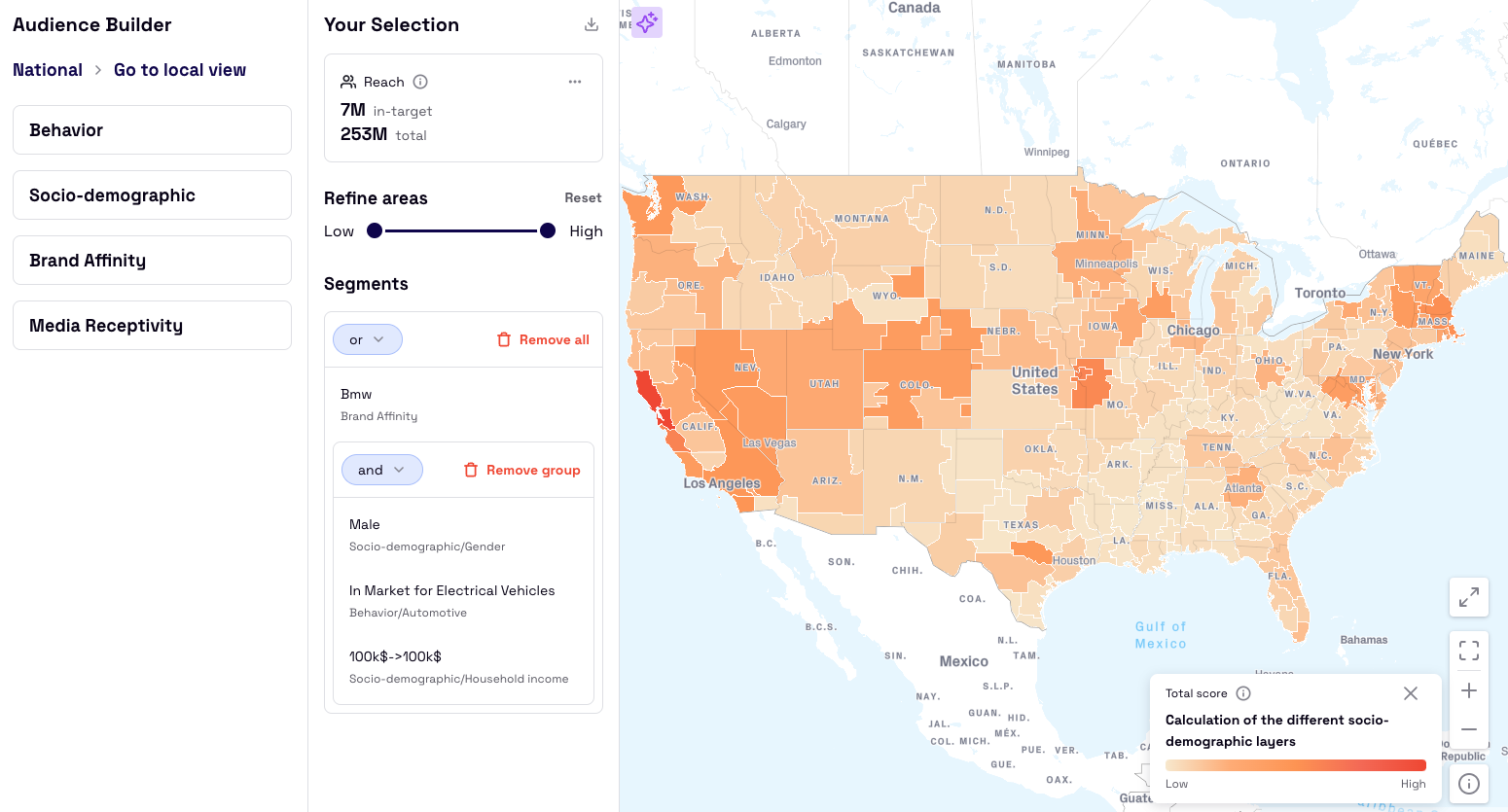
With the latest update, our team can leverage six core analysis functions, each designed to provide a unique layer of insight that enhances media planning and helps us guide our clients to better outcomes. These capabilities help refine audience targeting, optimize ad spend, and ensure campaigns are as effective as possible by leveraging deep, data-driven intelligence tailored to specific marketing objectives:
Receptivity Insights – Instantly see how different audiences engage with various media channels, helping optimize budget allocation by identifying the most effective platforms and formats for reaching your target consumers.
Visitor Profile – Gain a deeper understanding of store visitors by analyzing their demographics, behaviors, and shopping patterns. Compare this data to your target audience to refine targeting strategies and maximize campaign effectiveness.
Reach Guidelines – Optimize impression allocation to effectively reach your ideal audience.
Audience Description – Generate an in-depth marketing persona that closely aligns with your target consumers.
Audience Suggestions – Identify additional high-potential audience segments based on your existing selection.
Affinity Zone Insights – Understand key demographic trends and media reach within high-affinity locations.

These features provide deeper, more actionable insights in seconds, empowering marketers to make faster, smarter planning decisions.
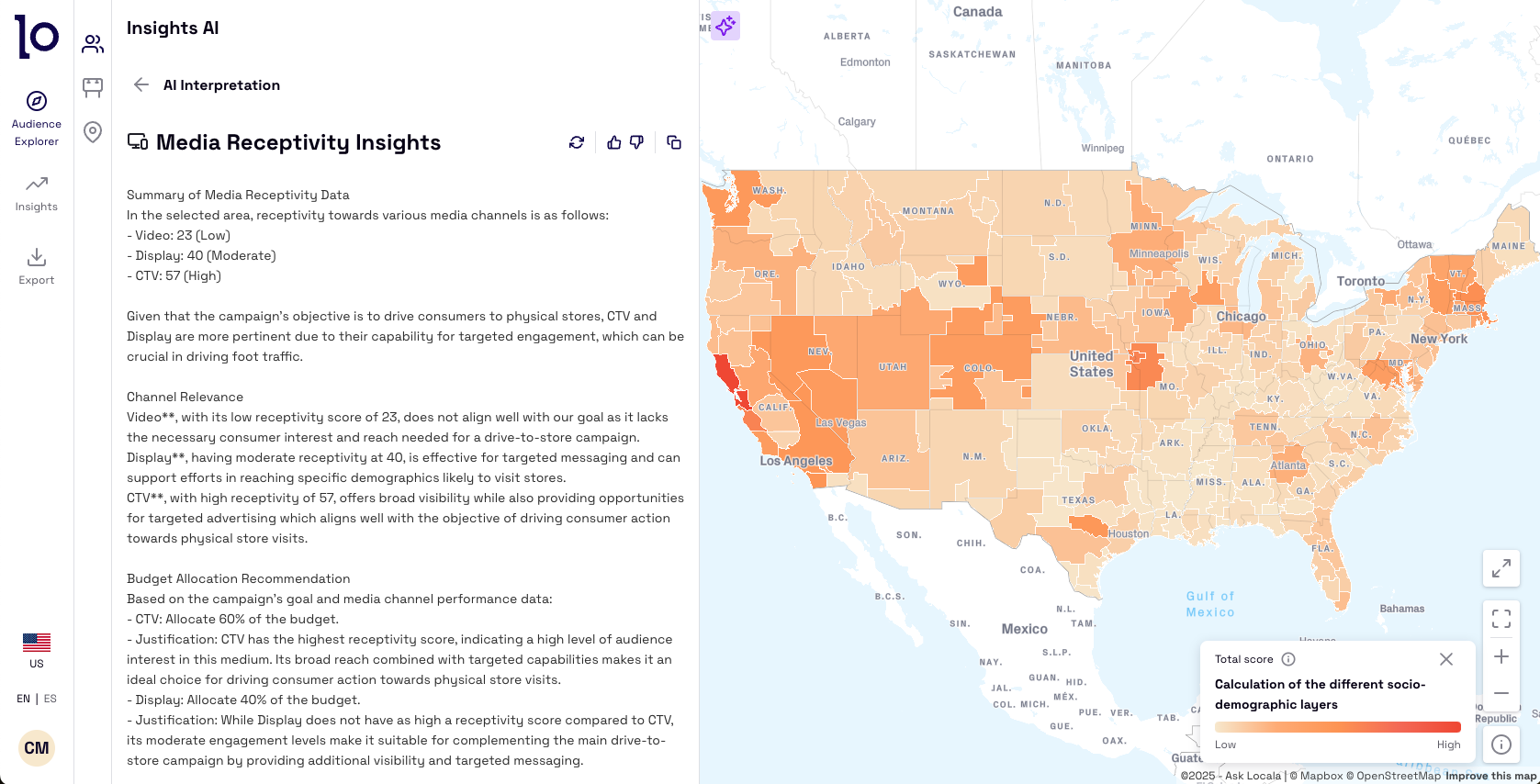
Why AI-Powered Media Planning Matters
Speed & Efficiency
With AI automating the heavy lifting, Locala helps brands accelerate their decision-making process and focus on strategy rather than manual data analysis.
Smarter Audience Targeting
By combining AI with exclusive consumer insights, advertisers can refine their targeting and maximize campaign performance while reducing wasted ad spend. By ensuring ads reach only the most relevant audiences, brands avoid spending on markets or demographics that don’t align with their objectives, leading to more efficient and cost-effective campaigns.
Competitive Advantage
With Locala’s proprietary data and real-time analytics, marketers gain a clear edge over competitors by accessing insights that others simply don’t have.These capabilities allow for highly tailored campaigns that align with local consumer behaviors rather than applying a one-size-fits-all approach. Thanks to Locala’s cutting-edge planning tools and tech, tailoring campaigns to specific local contexts has never been easier—allowing advertisers to connect with their audiences more effectively while reducing wasted spend.

See Insights AI in Action
The future of media planning is AI-powered, data-driven, and lightning fast. Want to see how our cutting-edge planning platform helps drive better strategies?
With Locala’s AI-powered media planning, smarter decisions are just one click away.







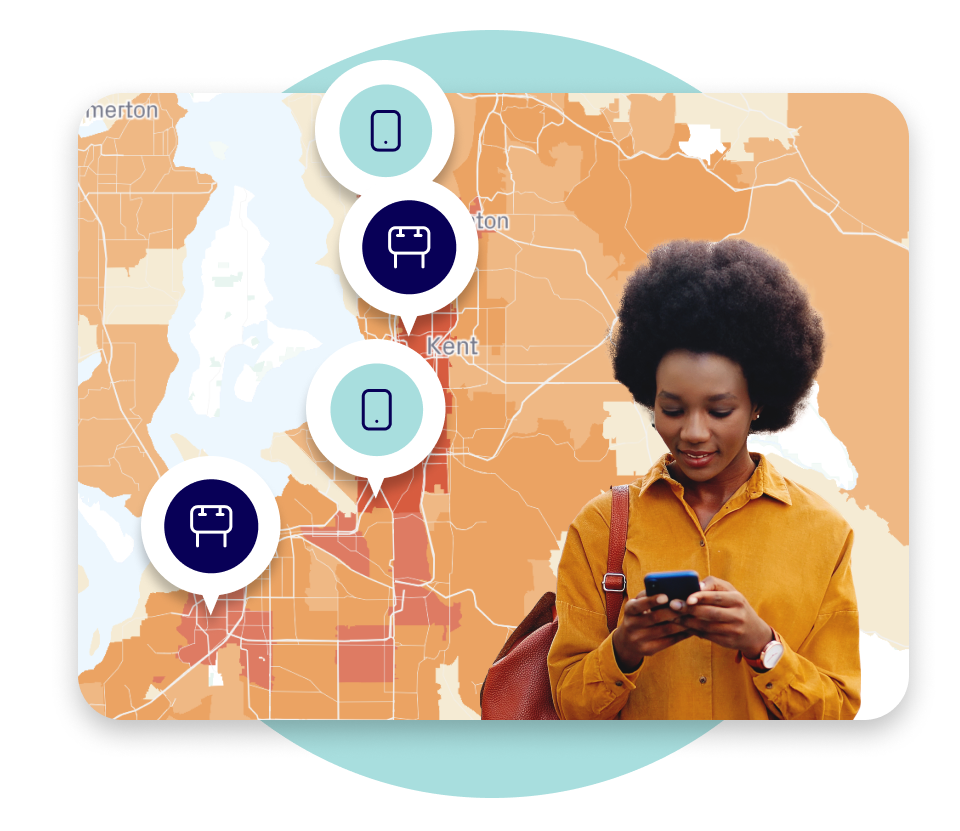
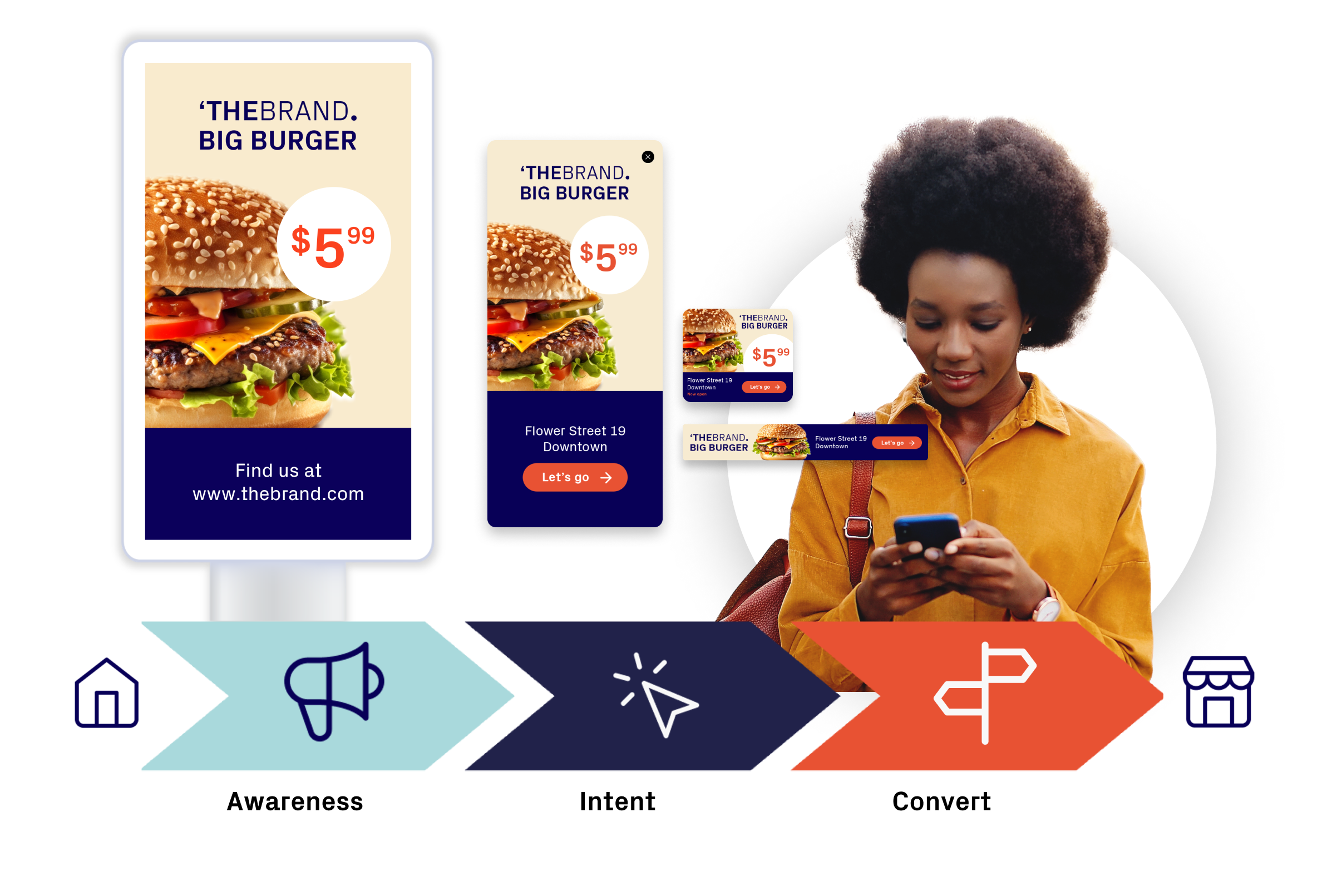
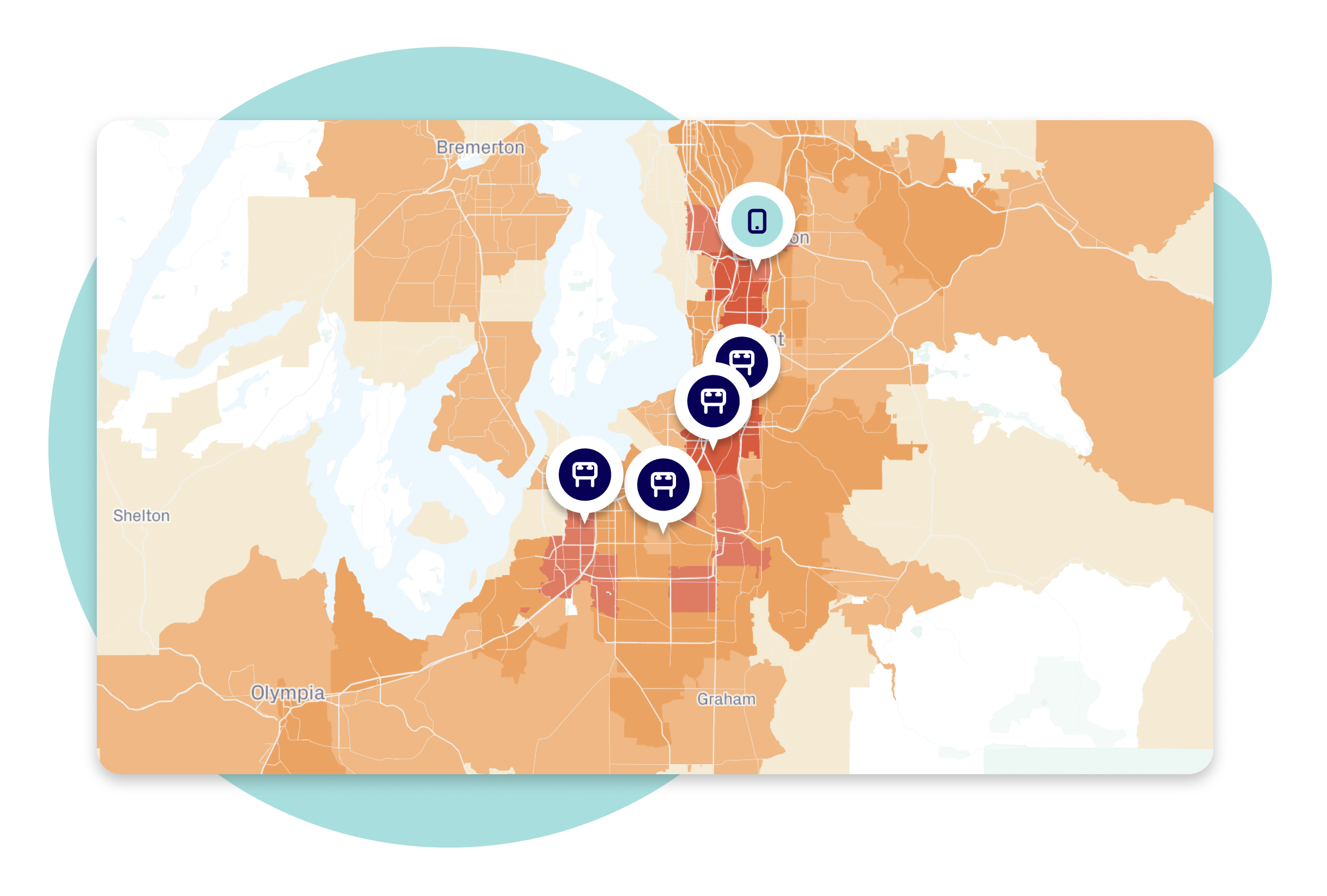

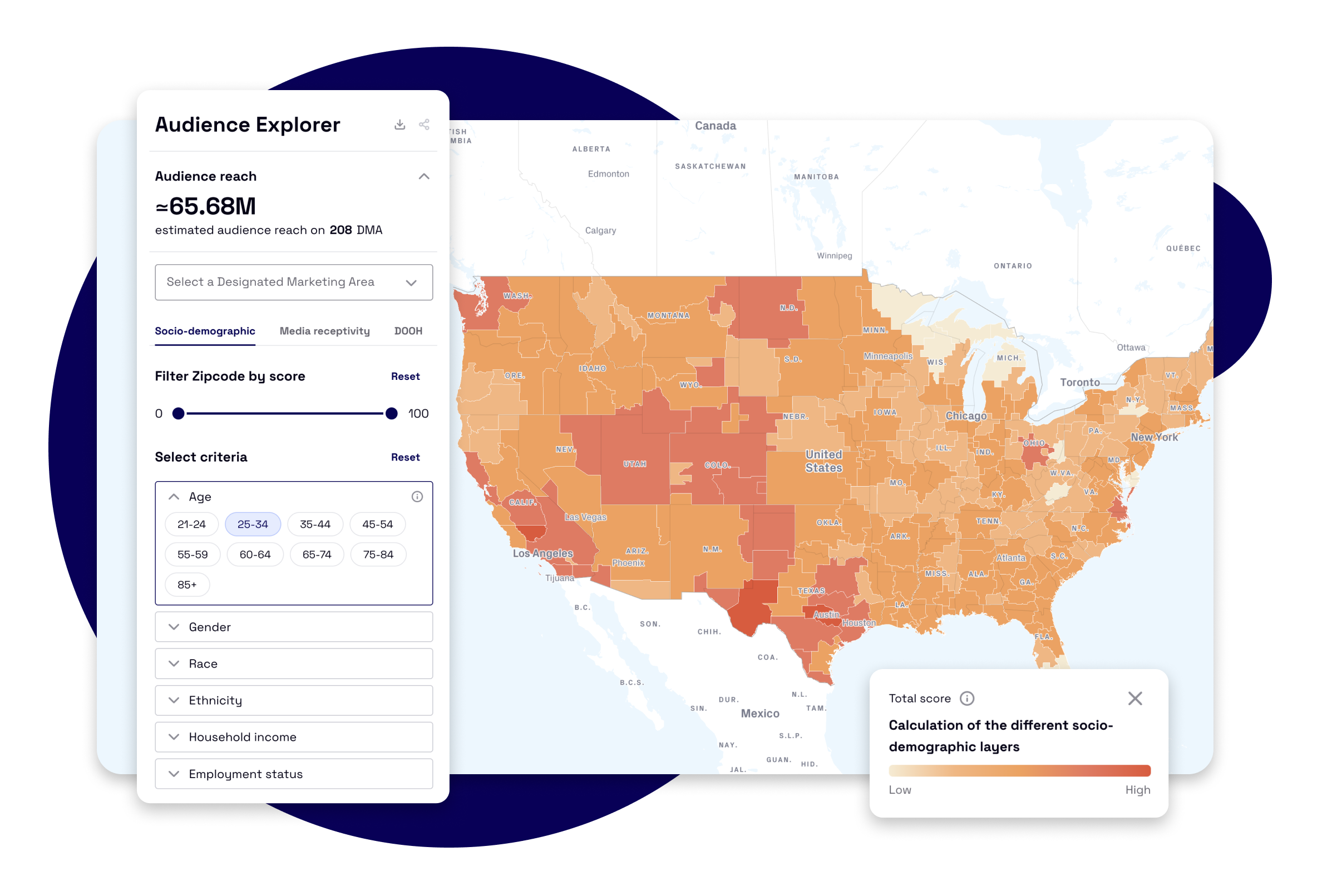

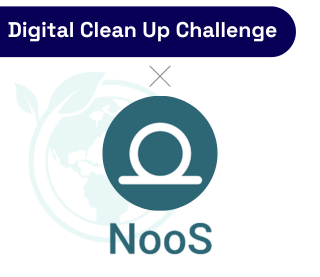
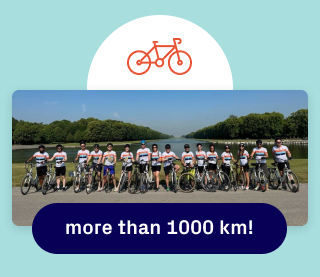
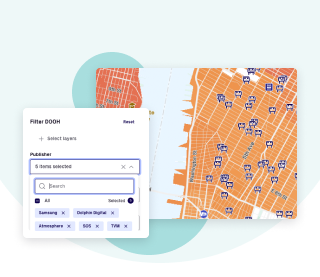

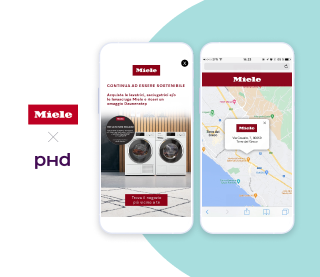





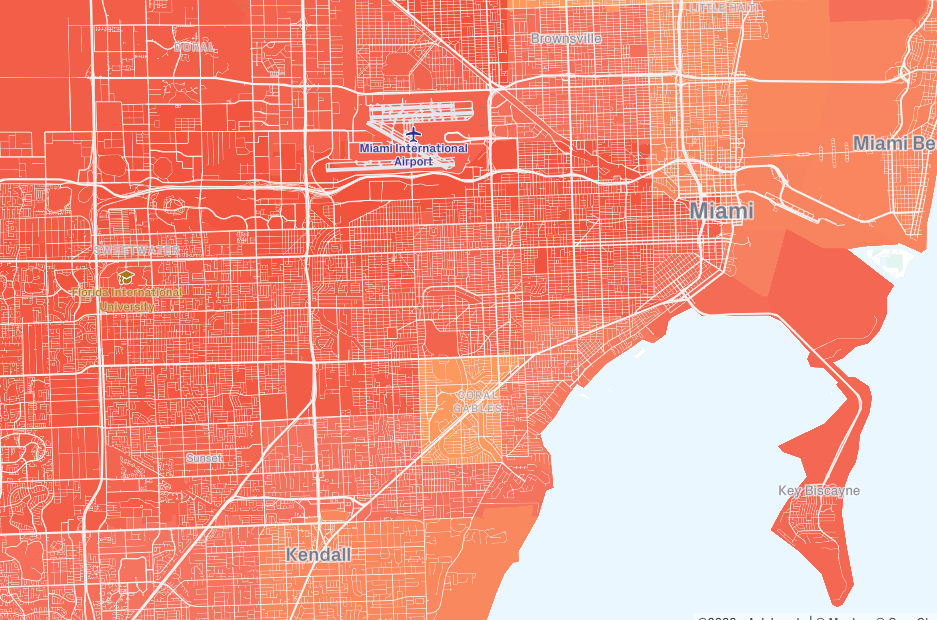
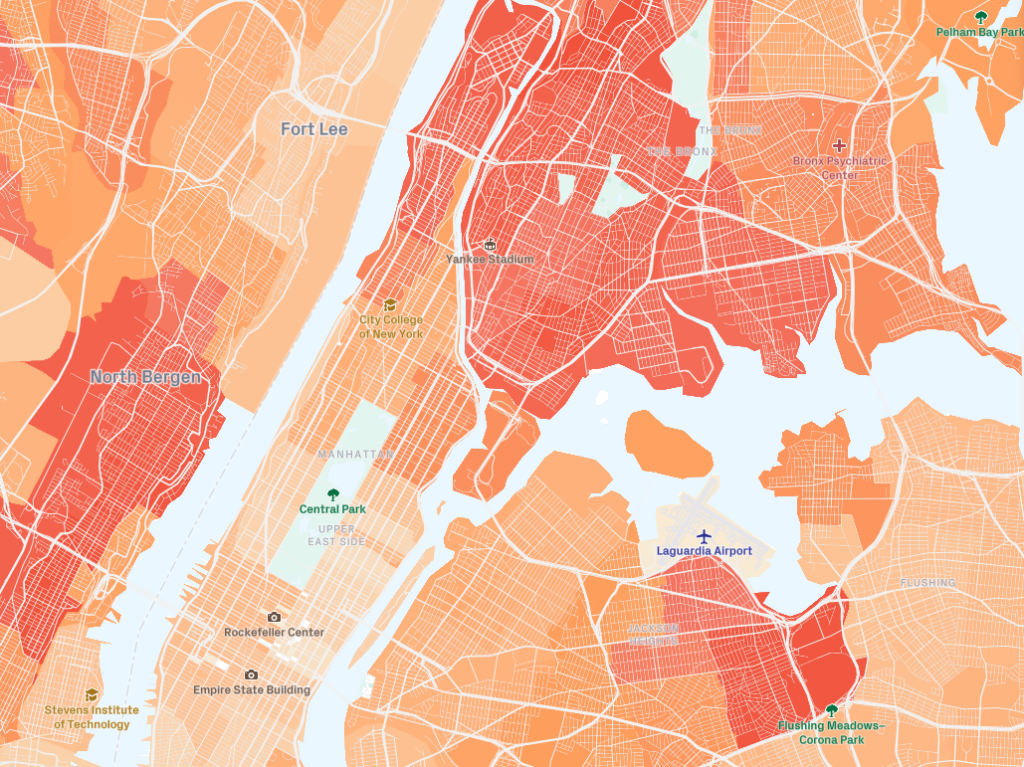

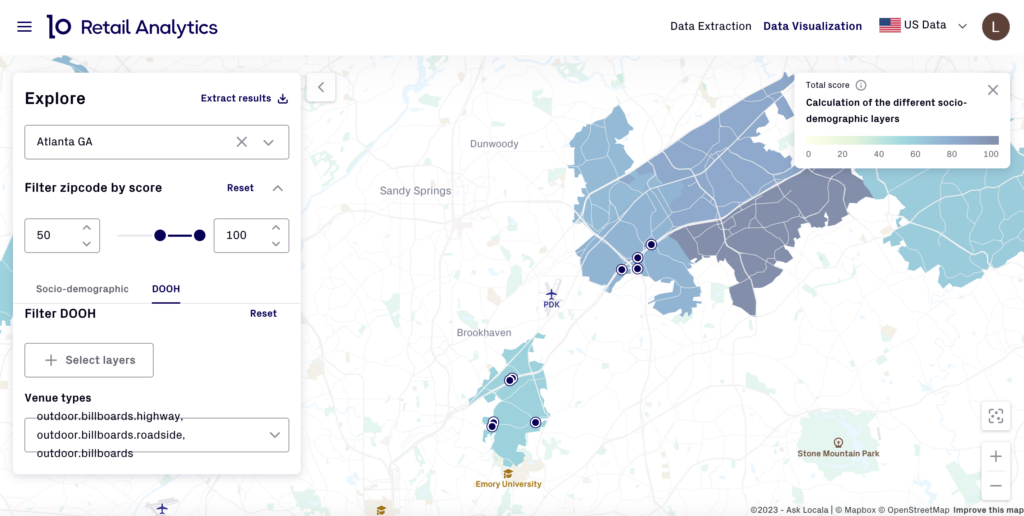


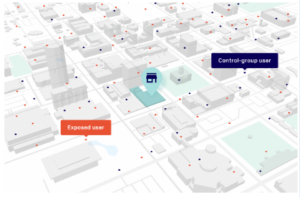

 New York, New York, June 30, 2022 –
New York, New York, June 30, 2022 – 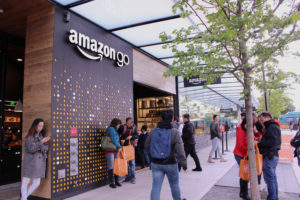










 Locala helped Pernod Ricard deliver a mobile campaign across airports in the UK to drive consumers into Duty Free stores with real-time footfall visit measurements.
Locala helped Pernod Ricard deliver a mobile campaign across airports in the UK to drive consumers into Duty Free stores with real-time footfall visit measurements. 


 Brands should start by focusing on scalable, one-to-one advertising when targeting mobile devices. The device language setting, network carrier and even the make and model of the device can be used to tailor mobile ads and deliver messages that are meaningful, relevant, and that leave a lasting impression to set brands apart from competitors and can achieve a click through rate that is triple that of non-personalized campaigns!
Brands should start by focusing on scalable, one-to-one advertising when targeting mobile devices. The device language setting, network carrier and even the make and model of the device can be used to tailor mobile ads and deliver messages that are meaningful, relevant, and that leave a lasting impression to set brands apart from competitors and can achieve a click through rate that is triple that of non-personalized campaigns!




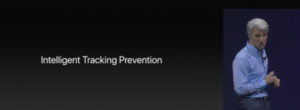 As mobile pure-players, we see this as the next logical move after Apple’s introduction of IDFAs. Anonymous IDs only available in app that can be linked to geolocation data in the form of X and Y coordinates or user interests via app usage. IDFAs have longer lifespans than cookies, it expires when the users change their smartphone. For publishers, in an audience planning world where data is king, this is a sure sign to start moving their investments and efforts into app channels on iOS.
As mobile pure-players, we see this as the next logical move after Apple’s introduction of IDFAs. Anonymous IDs only available in app that can be linked to geolocation data in the form of X and Y coordinates or user interests via app usage. IDFAs have longer lifespans than cookies, it expires when the users change their smartphone. For publishers, in an audience planning world where data is king, this is a sure sign to start moving their investments and efforts into app channels on iOS.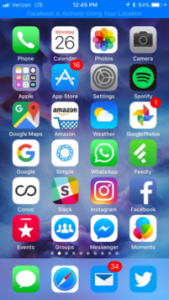 mandatoryfor developers to display a third option “While in use” to users. Apple goes even further to give users more control on their iPhones.
mandatoryfor developers to display a third option “While in use” to users. Apple goes even further to give users more control on their iPhones.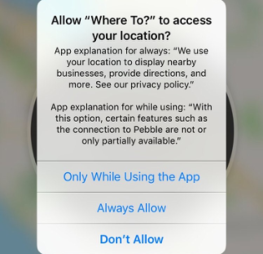 Clearly, Apple wants users to be aware of everything that is happening on their device, what is consuming their battery and data, putting app developers in a position to earn trust from users. Users will also see a blue bar of apps that are collecting location data when not in use, forcing apps to be accountable to users.
Clearly, Apple wants users to be aware of everything that is happening on their device, what is consuming their battery and data, putting app developers in a position to earn trust from users. Users will also see a blue bar of apps that are collecting location data when not in use, forcing apps to be accountable to users.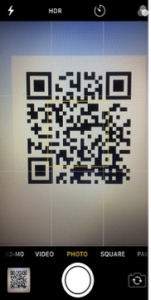 ter than typing. Now QR codes have the potential to be mainstream without the need for additional software, presenting a true opportunity for advertisers. QR codes are already in fashion in Asia and quickly becoming the preferred payment method for most consumers. Advertisers can leverage this new feature to really bridge their online & offline marketing efforts. Consumers can now scan an OOH advertisement and be redirected into a branded digital universe.
ter than typing. Now QR codes have the potential to be mainstream without the need for additional software, presenting a true opportunity for advertisers. QR codes are already in fashion in Asia and quickly becoming the preferred payment method for most consumers. Advertisers can leverage this new feature to really bridge their online & offline marketing efforts. Consumers can now scan an OOH advertisement and be redirected into a branded digital universe.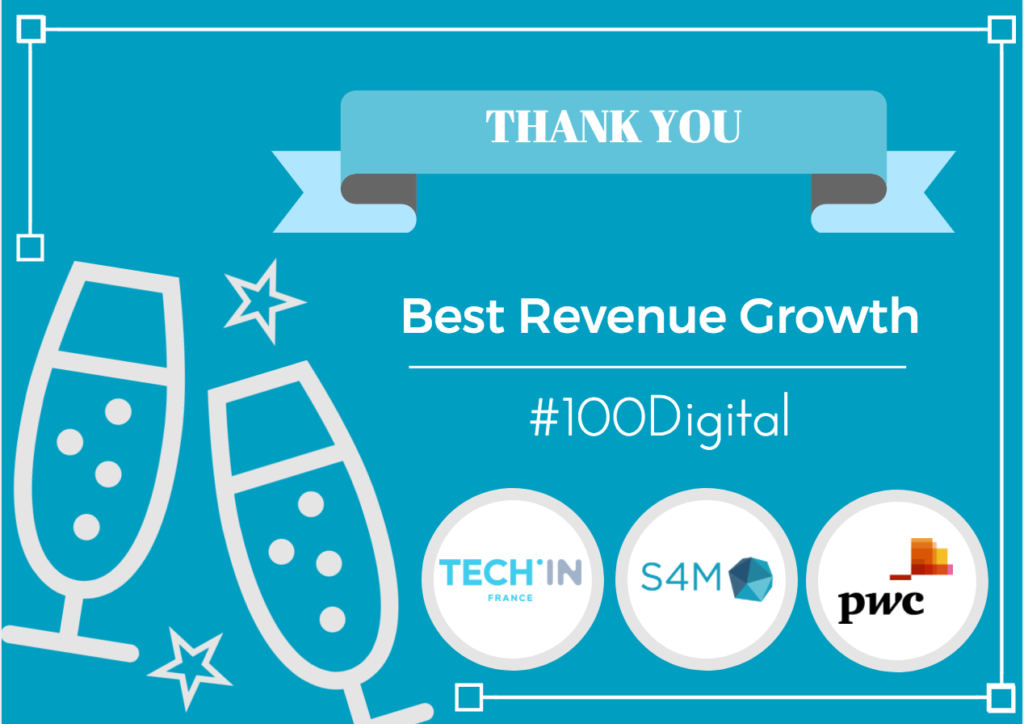 This is not just only a success for us, but for the entire mobile advertising industry. Locala’s vision for mobile advertising success is founded on data transparency, certified accreditations, and anti-fraud metrics. Our clients have chosen our values and trusted us with their mobile campaigns over the past five years. The mobile advertising industry is maturing with the right foundations.
This is not just only a success for us, but for the entire mobile advertising industry. Locala’s vision for mobile advertising success is founded on data transparency, certified accreditations, and anti-fraud metrics. Our clients have chosen our values and trusted us with their mobile campaigns over the past five years. The mobile advertising industry is maturing with the right foundations.




